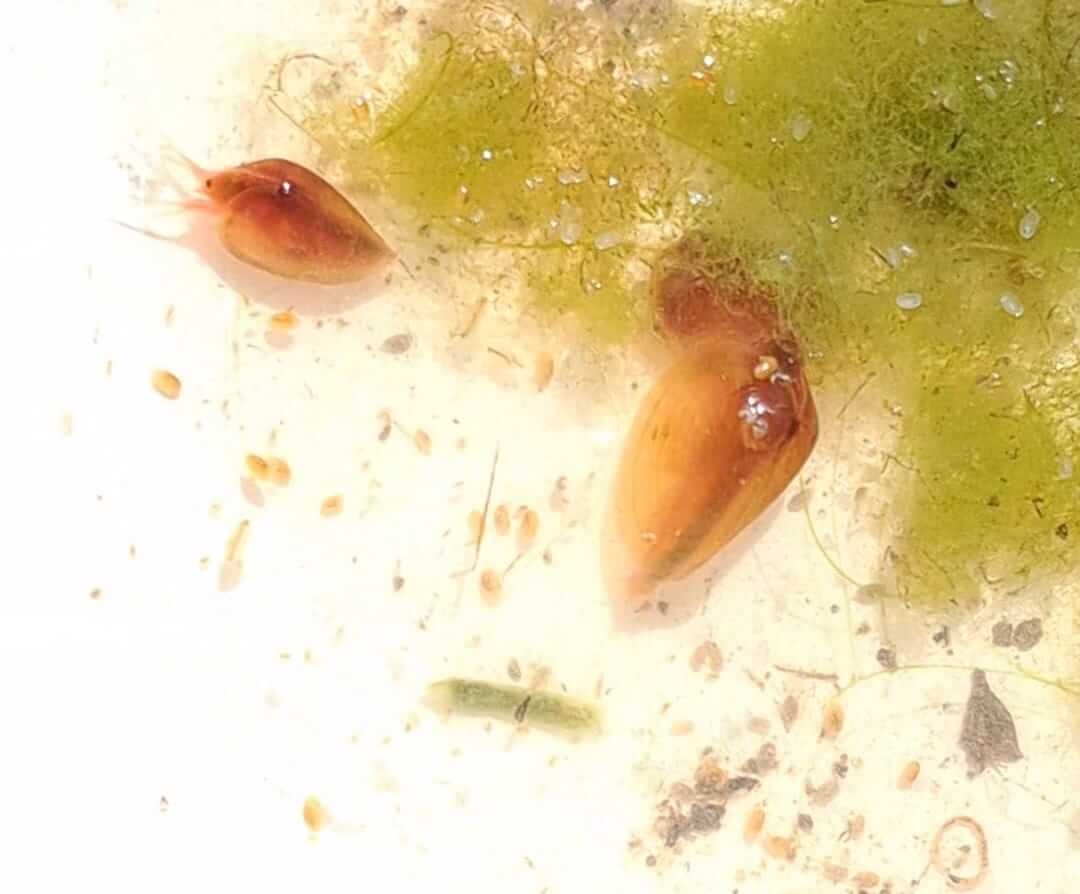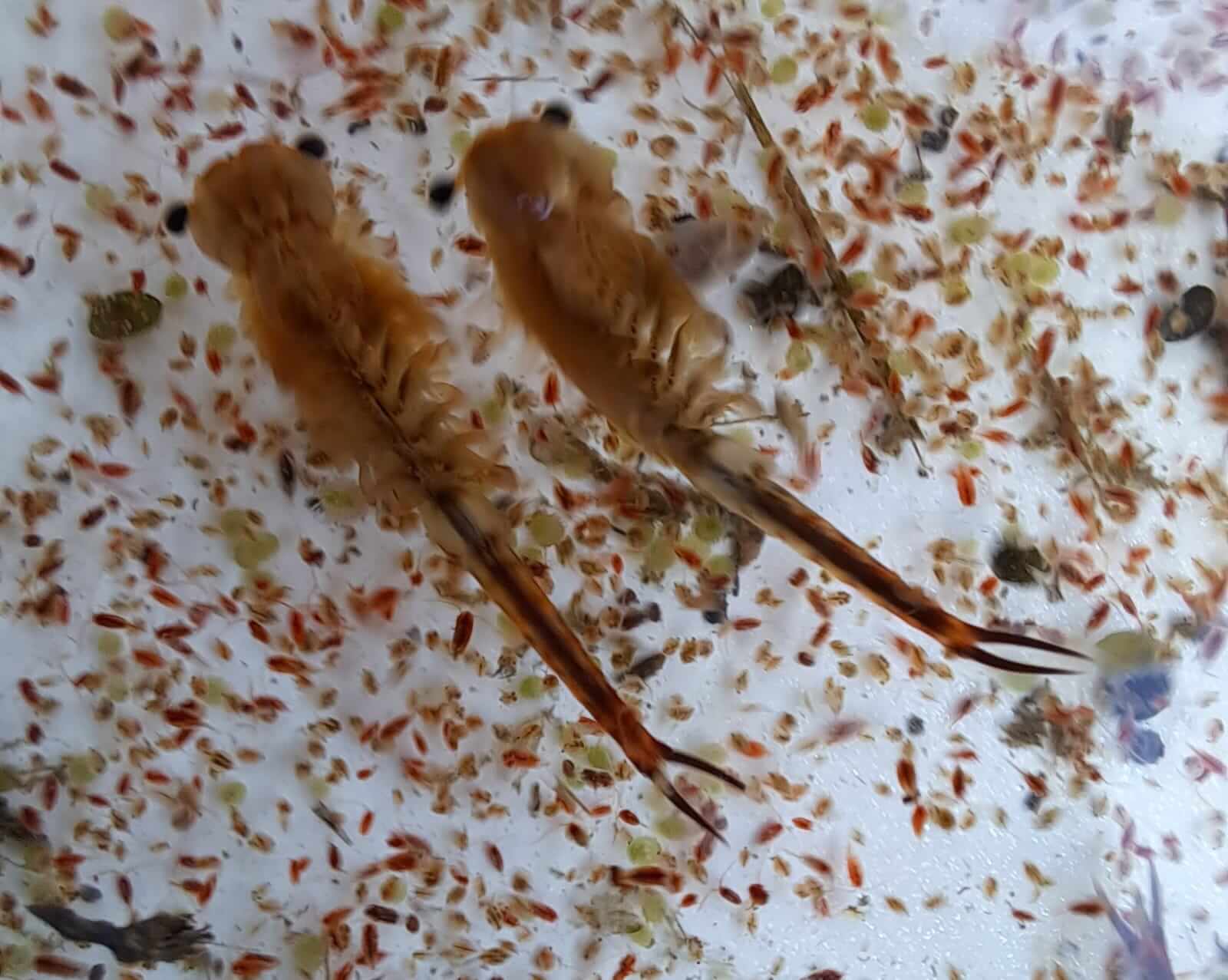The ecological environment was discovered as part of a nature survey conducted by the Society for the Protection of Nature for the Municipality of Modi'in Maccabim Re'ot and financed and accompanied by the Ministry of Environmental Protection
Photographs - Yitzhak Cohen, Society for the Protection of Nature: https://did.li/uU4Nf

A few weeks ago, a nature survey began in the city of Modi'in, conducted by members of the Society for the Protection of Nature for the municipality of Modi'in Maccabim Re'ot, with funding and support from the Ministry of Environmental Protection, and already in the first days, the surveyors discovered an extremely exciting and rare find: two rather rare species of crabs, a flounder and an Eretz Israelite zimmergal. Yitzhak Cohen, a senior surveyor in the Urban Nature Unit of the Society for the Protection of Nature, who found the crabs, adds that the initial survey included a visit to the survey sites and an initial study of their quality and an examination of the rock tops and winter pools in the city for the flora and fauna in them.
According to him, during the survey, a very impressive variety of rare plant species and invertebrates unique to seasonal bodies of water at the back of a rock, and winter pools was discovered and that the two species of crabs were found for the first time in the Modi'in area. In addition, more common species were found in winter pools, such as a reddish foot, cyclops, daphnia, and seashells, and during the review, rare plant species were also found - the crooked-seeded altine, the puddle ankle, and the truncated sedge, known in Israel only from the Golan and Upper Galilee regions, and its discovery in Modi'in represents an expansion of the species' distribution This rare. "The place of the state and to this day, the area of humid habitats in Israel has been reduced from 180,000 dunams to only about 10,000, and in the last decades in particular, many winter ponds have been dried up for the sake of development and construction. "According to the Nature and Parks Authority's winter pool survey, the gopher is present in only 18 percent of the winter pools in Israel, while the Eretz-Israeli Zimmergal is present in only 10 percent of the sampled winter pools, therefore it is of great importance to preserve the habitats in which they were found," he says.
The Society for the Protection of Nature adds that the habitat of the top of the rock and the winter ponds is very dynamic, filling up with the fall of the rains in the winter and drying up after a while, until the next rain or until the next rainy season. "This feature brings with it many challenges to the life and flora in this habitat, therefore a wide range of biological features and adaptations have been developed to deal with the extreme dynamism of the habitat. For example, in these waters many amphibians breed which must in the stage of reproduction and initial development be from water bodies and after reaching adulthood do not have to be in an aquatic environment, another adaptation is poor crabs that live and reproduce in the water body and towards drying out they lay viable eggs which sink to the bottom of the pond and when the pond dries up at all The adults die and the eggs remain at the bottom until refilling and then hatch again," explains Cohen. Also, in addition to these species, more common species were found in winter ponds, such as a reddish foot, cyclops, daphnia, and seashells, and during the review, rare plant species were also found - the crooked-seeded altine, the puddle ankle, and the truncated sedge.

During the last decade, the surveyors of the Society for the Protection of Nature conducted approximately 60 urban nature surveys as part of calls from the Ministry of Environmental Protection, and promoted specific initiatives for the planning and management of nature areas in the city. These surveys provide a comprehensive and up-to-date information base about biodiversity and its location in the urban space and are the beginning of a process that in many cities has already led to the integration of natural infrastructures in promoting sustainable urban management and planning.
Tamar Raviv, Head of the Biodiversity and Open Areas Division at the Ministry of Environmental Protection, summarizes: "The variety of rare species recently discovered in the Modiin survey reinforces the importance of the local authorities' contribution to nature conservation efforts in Israel and the world, certainly when it comes to rare and threatened habitats. The survey will allow the municipality to gather information on the open spaces and natural values in its domain and to plan and manage its natural spaces in a more correct way, in order to maintain the functioning of the ecological systems and the continuation of the ecological continuity. In an era of climate crisis and ecological crisis, the importance of preserving the ecological systems intensifies, and preparation is also required at the level of the local government, which will work to preserve the biological diversity in its area. The trend today in the world is to find nature-based solutions in order to preserve the values of nature, and increase urban resilience."
Mayor of Modain Maccabim Reut, Haim Bibbs: "We get to live in the most planned city in Israel, surrounded by heritage and nature sites with half of its area being evergreen and it is not surprising that we are surrounded by unique animals. We will continue to work for the development of the city on the one hand and on the other hand to preserve the natural sites around us as we have done so far. I invite the residents and guests to come to Modi'in Maccabim Reut and take a walk in the greenery that surrounds the city - to enjoy but also to preserve our heritage sites and natural areas.''

One response
I remember my winter puddle tours with Professor Dubinsky and Professor Ahitov in introductory ecology courses, chapters on invertebrate biology, nabiosphere energetics and oceanography. Each Zimmergal, Botzen, and Daphnia received attention as if they were a dragonfly.